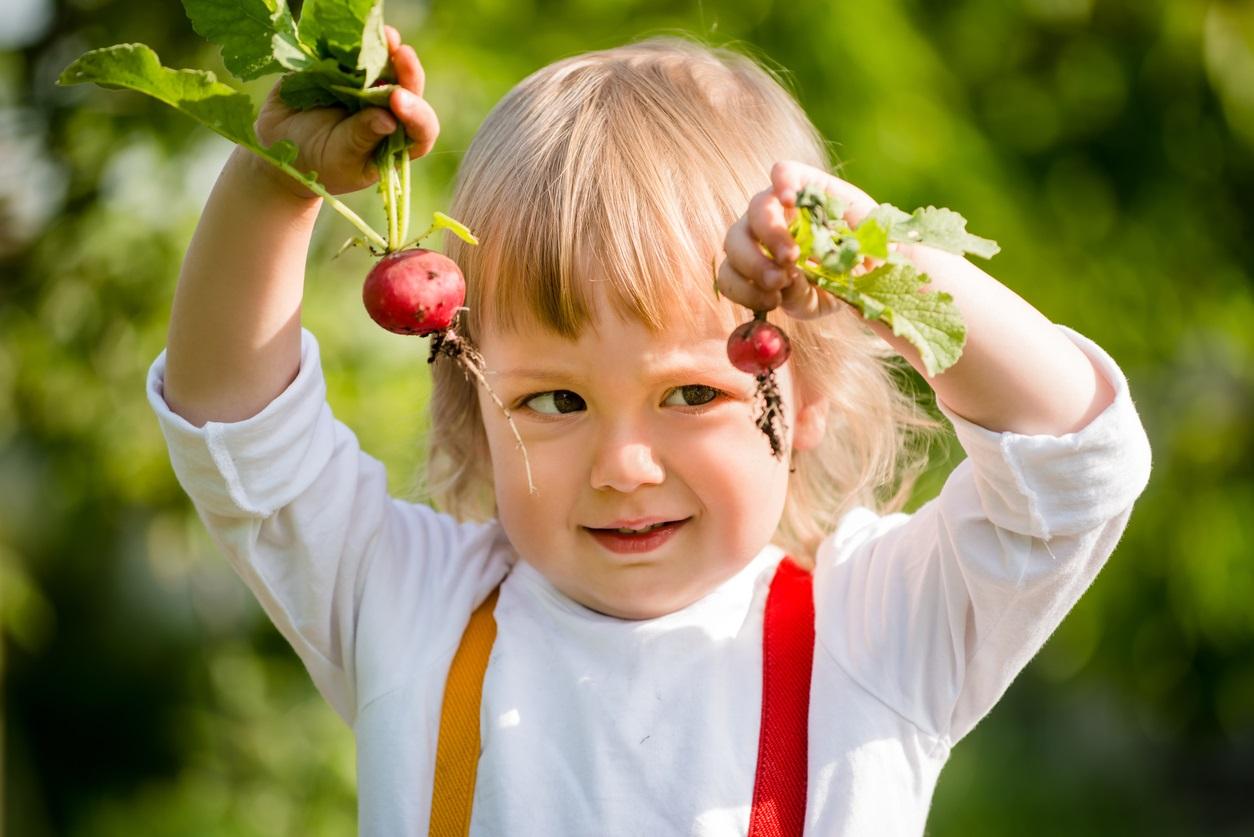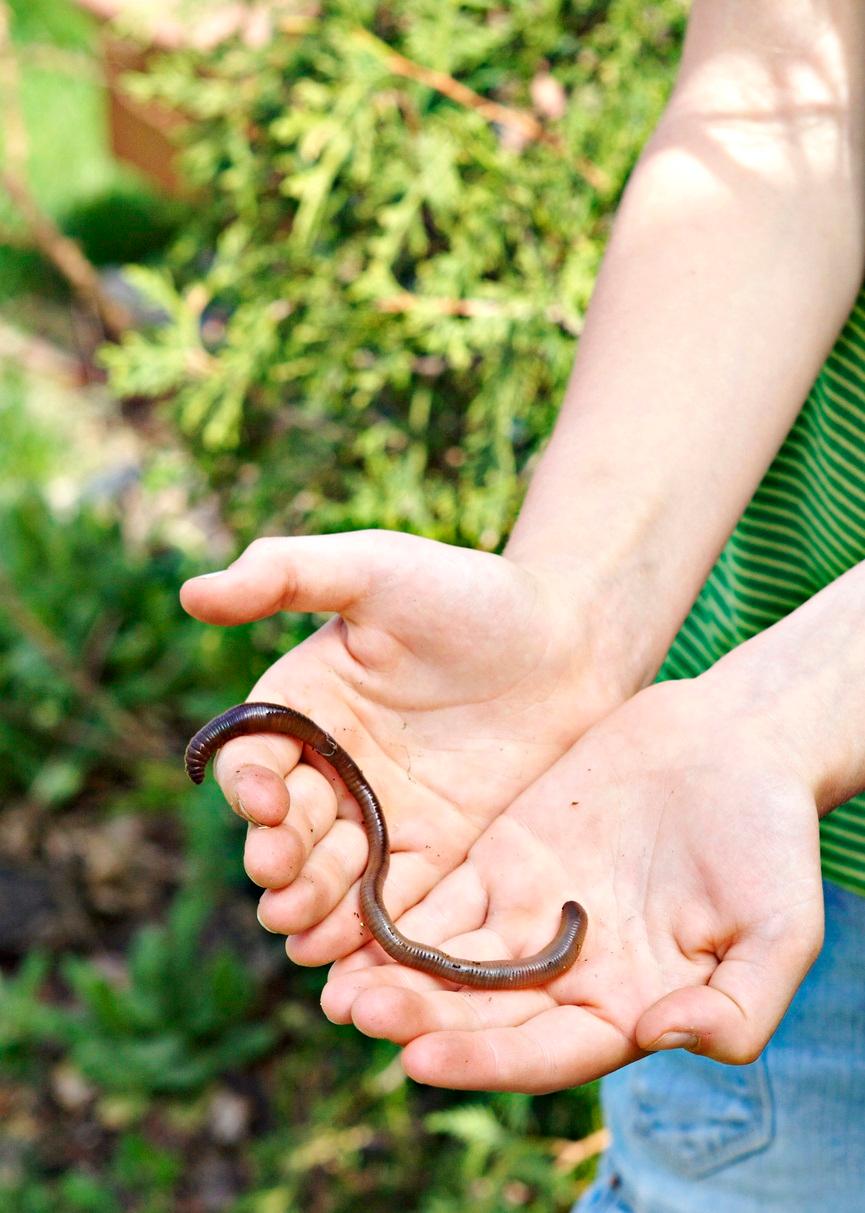How To Introduce Your Kids To Gardening At Any Age
Gardening is a great way to teach kids about sustainability. But in the age of smartphones and Netflix, it can be challenging to get kids engaged in the outdoors. Luckily, gardening is one activity people of all ages can develop passions for.
Updated May 26 2019, 6:31 p.m. ET
Gardening is a great way to teach kids about the life cycle of plants and small animals, as well as where our food comes from. It's also an activity that can open the door to conversations about sustainability. But in this world of smartphones and Netflix, children of any age may be tempted to stay indoors, even when the weather turns nice.
Here are some simple steps you can take to introduce your children to gardening, while keeping it fun and interesting. And remember: Kids are never too young or too old to enjoy the pleasures of the outdoors. Whether they're toddlers or teenagers, everyone can find a connection and passion with nature, even right in your own front yard.
Give kids their own plot
How often are kids, especially young ones, given a space that they can truly call their own? It's fairly rare, which makes it valuable to children. When approaching children about gardening, it's important not to present the prospect as a chore.
Presenting it as a gift--as in, "Come outside with me, I've made something for you that I want you to see"--can be much more effective. Especially when you have their plot marked off in a clearly visible way. For a successful introduction, work to establish a sense of bringing them into something that the entire household is a part of.
Kids are rarely asked for their input when it comes to running the household, so they naturally relish opportunities to do so. When presenting your child with their gardening plot, ask them, "What kinds of things would you like to plant here?" Be prepared for answers from vegetables to exotic flowers. Then, try your best to accommodate at least one of their suggestions.
If they suggest something that you know won't work (it's impossible to grow a palm tree in the garden, after all), then be sure to explain why it isn't possible, and suggest an alternative. The goal is for a back-and-forth discussion to take place. Then, when negotiations have closed, help the child put their ideas into practice.
Plant easy to grow edibles
There is always a sense of satisfaction in planting something and watching it grow. That satisfaction tends to be amplified when we can literally eat the fruits of our labor. Few things can bolster a child's sense of pride like teaching them to grow food that the entire household can enjoy together at meal times. And few things will make conversations about sustainable eating easier than to have than hands-on experience.
To this end, encourage kids to plant easy to grow edibles in their garden plots. For example, tomatoes and potatoes are some of the simplest. Radishes are also easy, and are one of the fastest crops around, going from seed to plate-ready in just around 28 days. All of these plants can be grown in high or low light, and can weather fluctuating temperatures, so no matter where you live, your child will enjoy a high rate of success with only basic gardening knowledge.
Choose perennials to foster satisfaction
A perennial is any plant which lives for at least two years. This means that perennials will survive the winter and emerge for at least one spring, after planting. As satisfied as kids will be to plant beautiful flowers which can be displayed inside, or vegetables that can be eaten by the whole family, they will get an even deeper sense of wonder from seeing their beloved plants come back to life year after year.
Witnessing this process can also lead them to questions about the life cycles of different plants, which is a great opportunity for teaching. Edible perennials include vegetables like leeks, rhubarb and asparagus, and herbs such as mint, thyme, and rosemary.
Just add bugs
Kids are naturally drawn to animals. The most abundant animals on earth happen to be bugs, which happen to have a very important relationship to gardening. Aphids and grubs may kill plants, while ladybugs and spiders may help keep these other bugs at bay. And as any gardener knows, earthworms play a vital part in soil health. So why not teach kids about these bugs in an applied way, at the same time they're learning about plants? Getting the chance to hold a real, living creature is sure to pique their interest.
For a particularly easy lesson on the importance of bugs in gardening, pick up some live earthworms from your local farmer's market. These worms are often specially-bred for their soil-bolstering properties. And if you have a hard time locating worms to pick up nearby, don't fret! Many companies offer worms for sale online. You can even find a wide variety on Amazon.
Remember, modern kids may be willing and able to consume new forms of media at the speed of light, but nature holds wonders for all human beings, including children, that cannot be found anywhere else. Fostering a love for the outdoors, for healthy food, and for green living can start with small activities.
Gardening can foster a sense of pride, accomplishment, and understanding that improves self-esteem and gives kids a sense of place in the world. What your child learns in their garden plot will likely last them a lifetime, and can be the first step toward growing into a mindful, eco-conscious adult.


